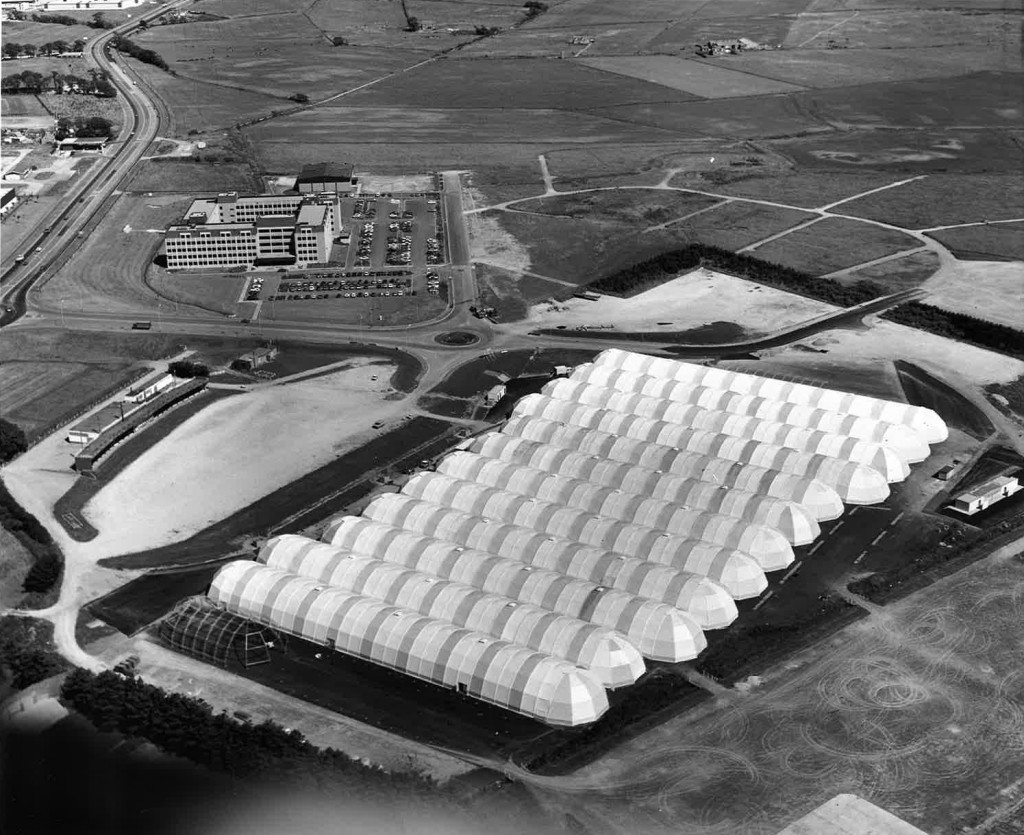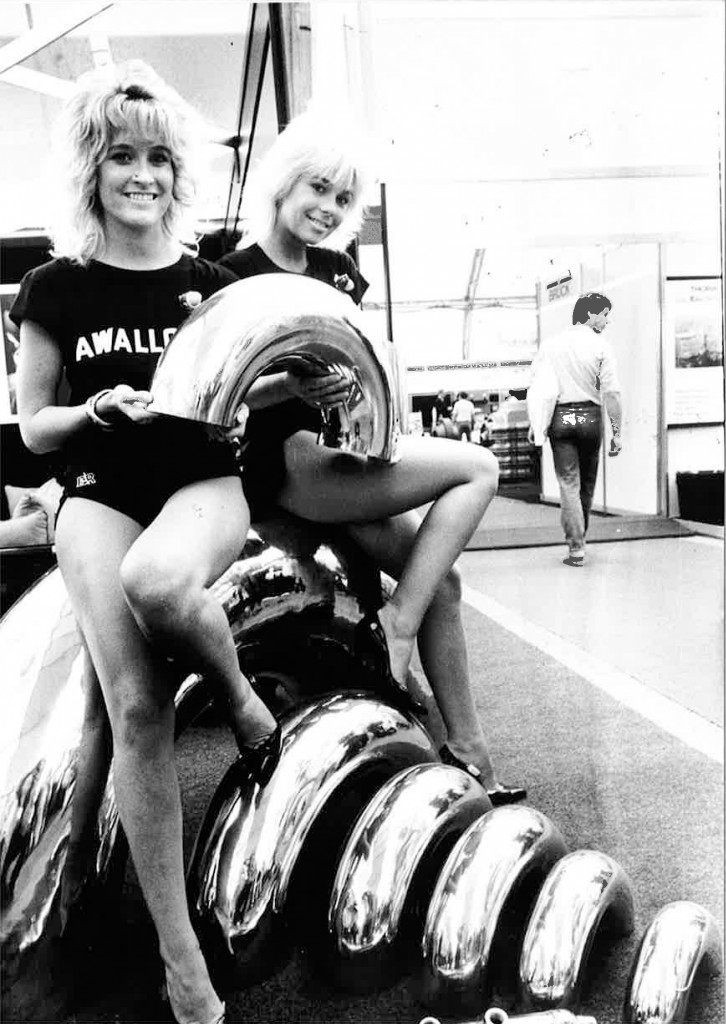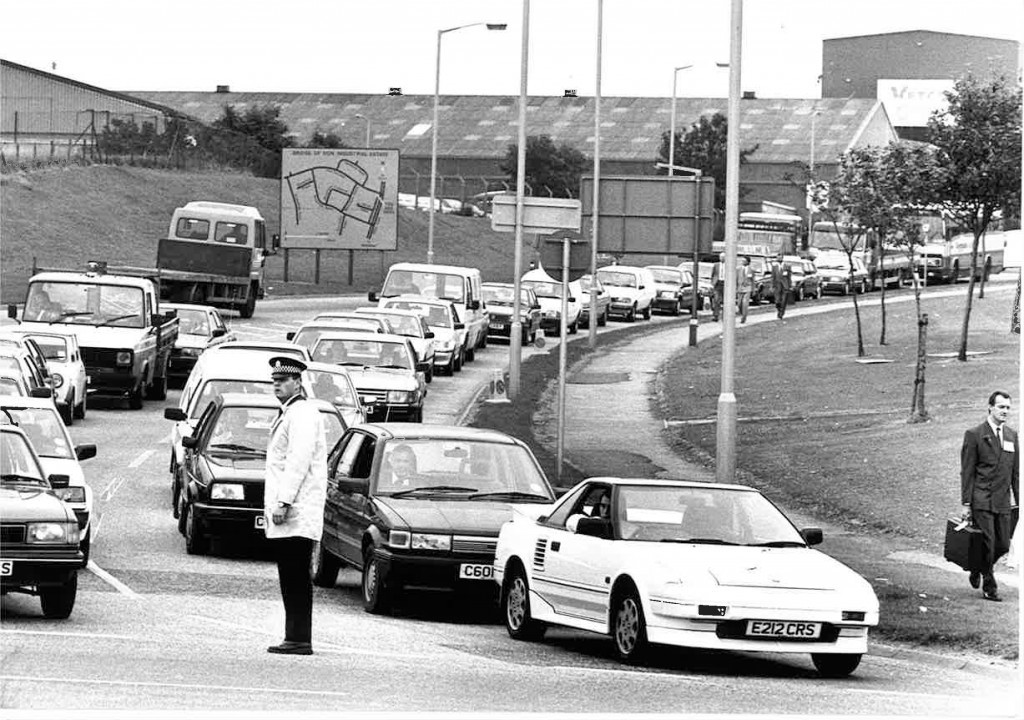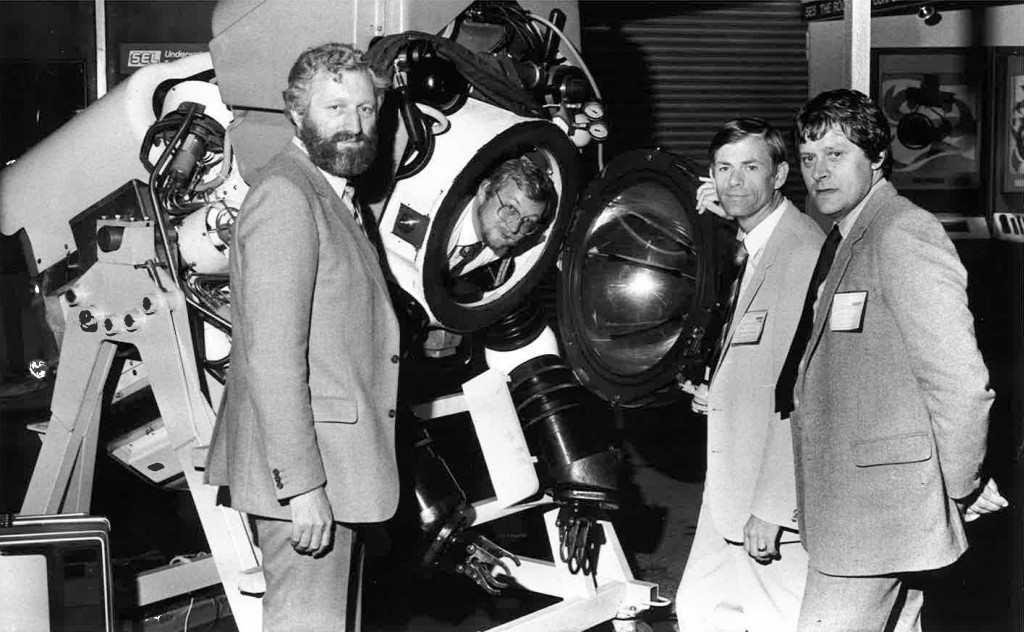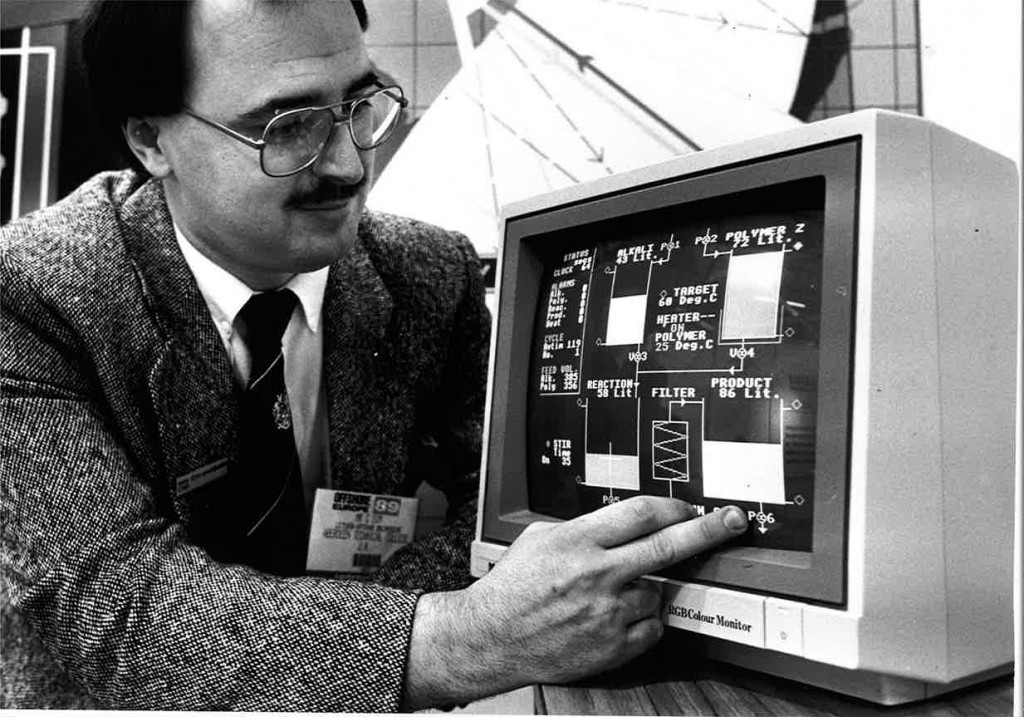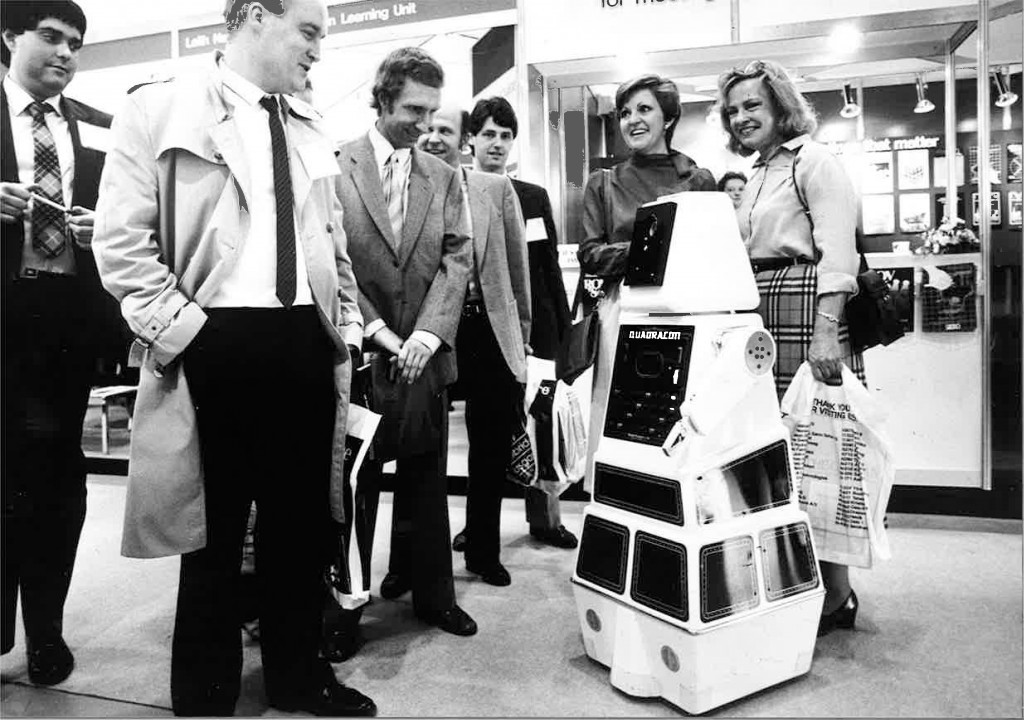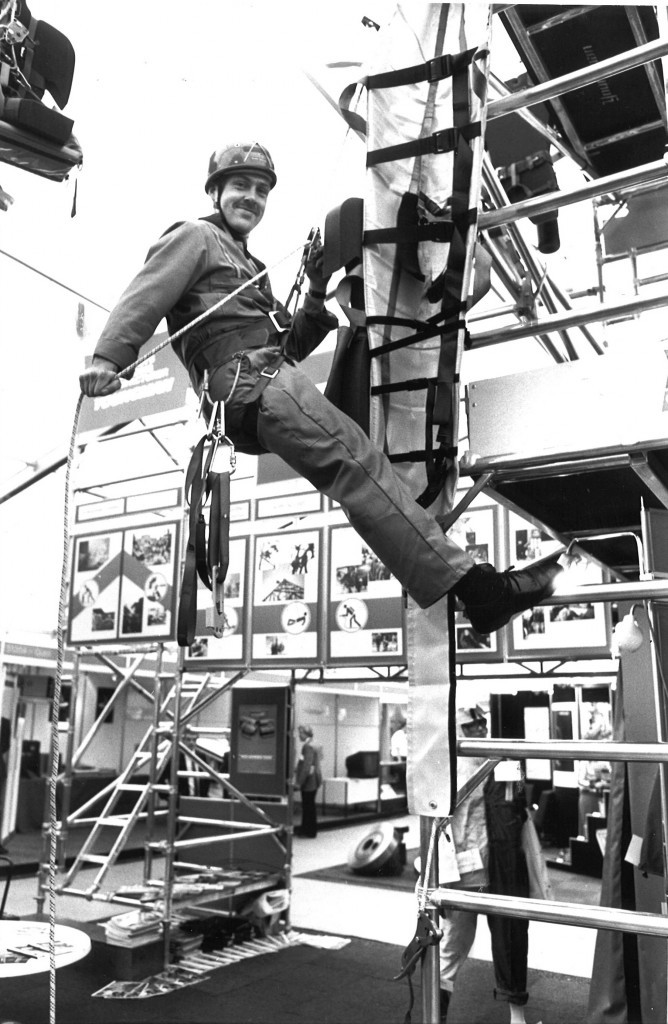
It’s 42 years since the first Offshore Europe conference was held in Aberdeen and 30 years since it first occupied its current home at Aberdeen Exhibition and Conference Centre.
It’s been an incredible journey for the North Sea oil and gas industry and one that has seen plenty of ups and downs over the years.
Press and Journal Energy Editor Jeremy Cresswell – himself synonymous with OE, having been involved since the beginning – predicts this year will have a “pragmatic” feel.
“It has been a rollercoaster ride over the years – but this is as tough a time as we’ve encountered,” he admitted.
“It’s a horrible time, set against a background of a very mature province where production costs are high.
“But there is still a lot to play for. There is still more oil in the North Sea, in terms of proven reserves, than in other smaller, more ‘fashionable’ provinces around the world.”
“But the next upturn will be very different – $70 per barrel will look like summer, compared to what we have to deal with now.”
Cresswell added: “Even the Treasury has woken up to value of the supply chain to the economy – £38billion. That’s a jewel. Even if it’s tough everywhere in the world right now, there is a massive opportunity to export our expertise. Offshore Europe is the ideal showcase.”
“It’s easy to get down about things, but there are plenty of reasons to be positive.”
From its beginnings in some tents at Aberdeen University in 1973, the exhibition migrated to Grampian Regional Council’s showground at Bridge of Don in 1975 and was renamed Offshore Europe – previously having the moniker Offshore Scotland.
It was peak time for exploration in the North Sea and first oil from BP’s iconic Forties field was about to begin pumping onshore.
Judith Patten, PR consultant to Offshore Europe from 1975-1999 recalled: “We erected a vast tented village – nicknamed ‘Tentie Toon’ locally – to house some 800 exhibiting companies from all over the world, and awaited an onrush of visitors.”
The 1977 and 1979 shows were both successful and established Offshore Europe on the oil exhibition calendar, but infrastructure at OE needed a facelift.
In 1985 the Aberdeen Exhibition and Conference Centre was built and Prime Minister Margaret Thatcher opened the show, just as the North Sea started to spot the first signs of an impending slump.
Estimates vary as to the real North Sea impact in ’86, but the generally accepted figures are that 6,000 out of more than 28,000 offshore jobs evaporated, plus vastly more onshore.
This year will not be the first time the industry has welcomed the show in the midst of a downturn.
In 1987 the Evening Express wrote: “Cost cutting after the oil price slump has produced an atmosphere of business like austerity.
“Unless you look high-powered enough to buy, you are unlikely to be hijacked and drowned with drinkies.
“Gone are the mini-kilted glamour girls who once draped stands and doled out drams on demand.”
The impact on the city was tough but bounced back.
At OE 2013 – attended by 63,000 visitors and more than 1,500 exhbitors – talk was of Scotland’s independence and the following year’s referendum – all set against an oil price well north of $100 per barrel.
Two years on and Scotland remains part of the UK, Brent crude is skimming $40 a barrel – and people will still be talking about when the oil will finally run out.
As the city gears up for another show – the next chapter for Aberdeen and Offshore Europe is about to be written. Chances are the tale will be a variation on a familiar theme.
Recommended for you

